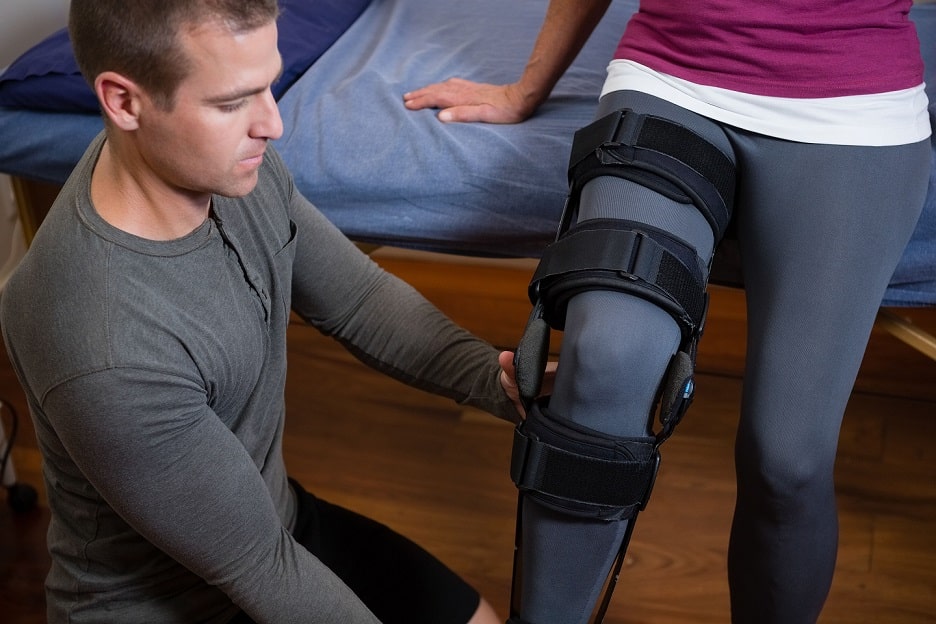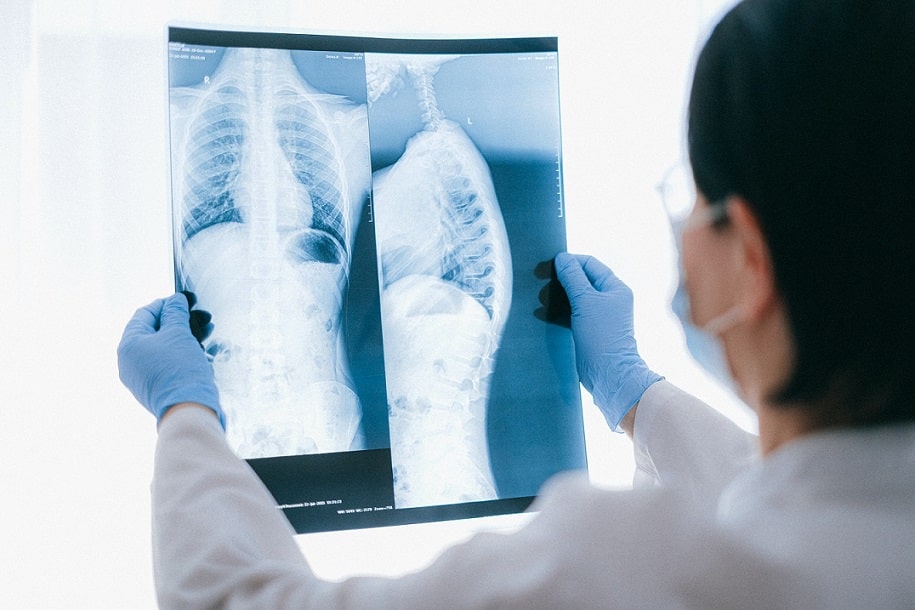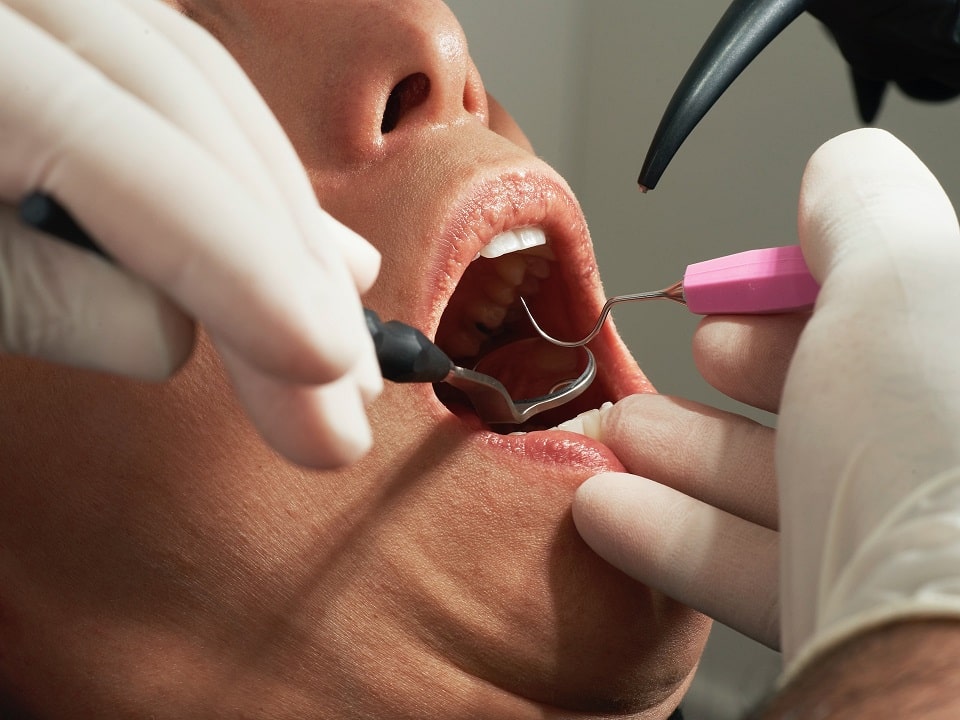 Most accident claims are fault based – this means that in order for your claim to succeed, you must prove that the defendant is at fault (the Defendant being the person you hold responsible). In order to sue a party for the ‘tort’ of negligence you must prove (among other things) that the Defendant breached the duty of care he owed to you.
Most accident claims are fault based – this means that in order for your claim to succeed, you must prove that the defendant is at fault (the Defendant being the person you hold responsible). In order to sue a party for the ‘tort’ of negligence you must prove (among other things) that the Defendant breached the duty of care he owed to you.
So to qualify for the fault ‘test’ you must show that the Defendant’s standard of care fell below that of a reasonable careful person and he is therefore blameworthy.
However, not all compensation claims in tort are based on the fault principle. Some are based on strict liability which means that you would not have to prove that the Defendant is at fault.
Such claims include:
- Product liability claims
- Vicarious liability
Product liability claims
Under the consumer Act 1987, there is strict liability imposed on a producer of a product, which is defective and as a result causes injury.
So if you are injured by a defective product, you won’t have to prove that the producer of that product is to blame for the defect – just that the defect was there.
The producer will only have a defence to this is:
- He can show the defect wasn’t present at the time the product left his factory
- That the scientific knowledge needed to avoid the defect was not available when he made it
Vicarious liability
This means that an employer is liable for the torts of his employee (provided that the torts are committed in the course of the employee’s employment)
So, this means if an ‘ Argos’ driver (for example) ploughs into the back of your car whilst he is in his round of delivery, ‘Argos’ will be liable for the drivers actions and will have to compensate you accordingly.

 Most accident claims are fault based – this means that in order for your claim to succeed, you must prove that the defendant is at fault (the Defendant being the person you hold responsible). In order to sue a party for the ‘tort’ of negligence you must prove (among other things) that the Defendant breached the duty of care he owed to you.
Most accident claims are fault based – this means that in order for your claim to succeed, you must prove that the defendant is at fault (the Defendant being the person you hold responsible). In order to sue a party for the ‘tort’ of negligence you must prove (among other things) that the Defendant breached the duty of care he owed to you. 









